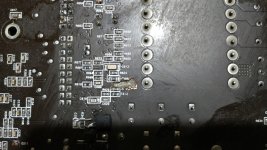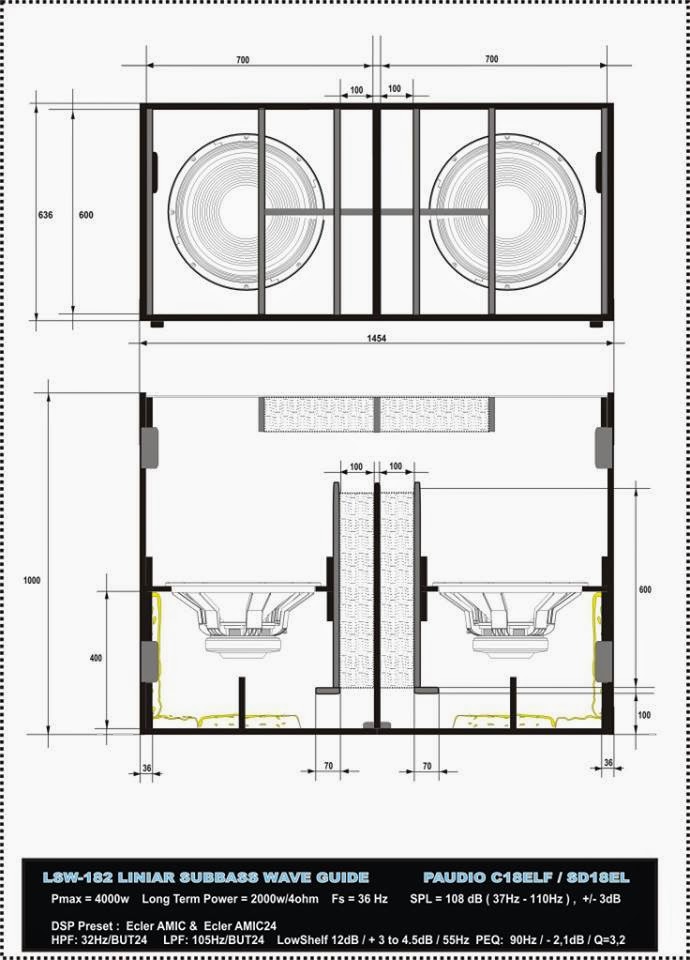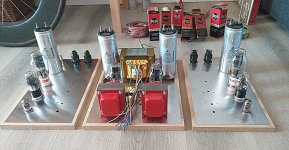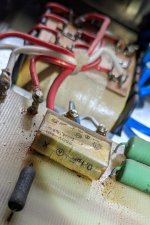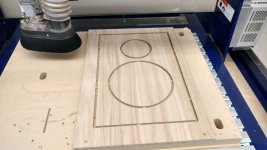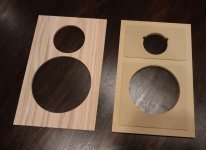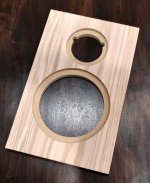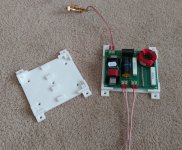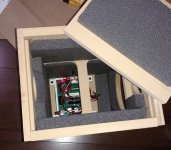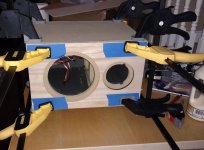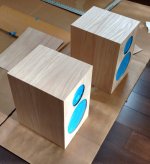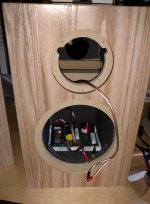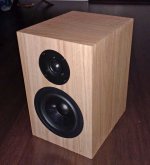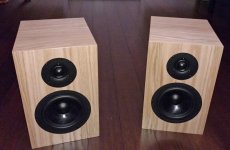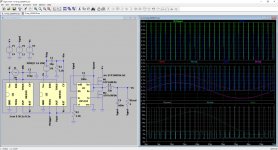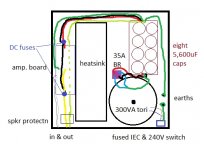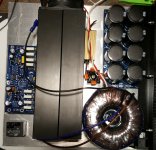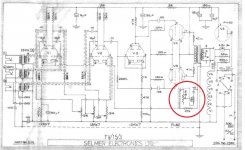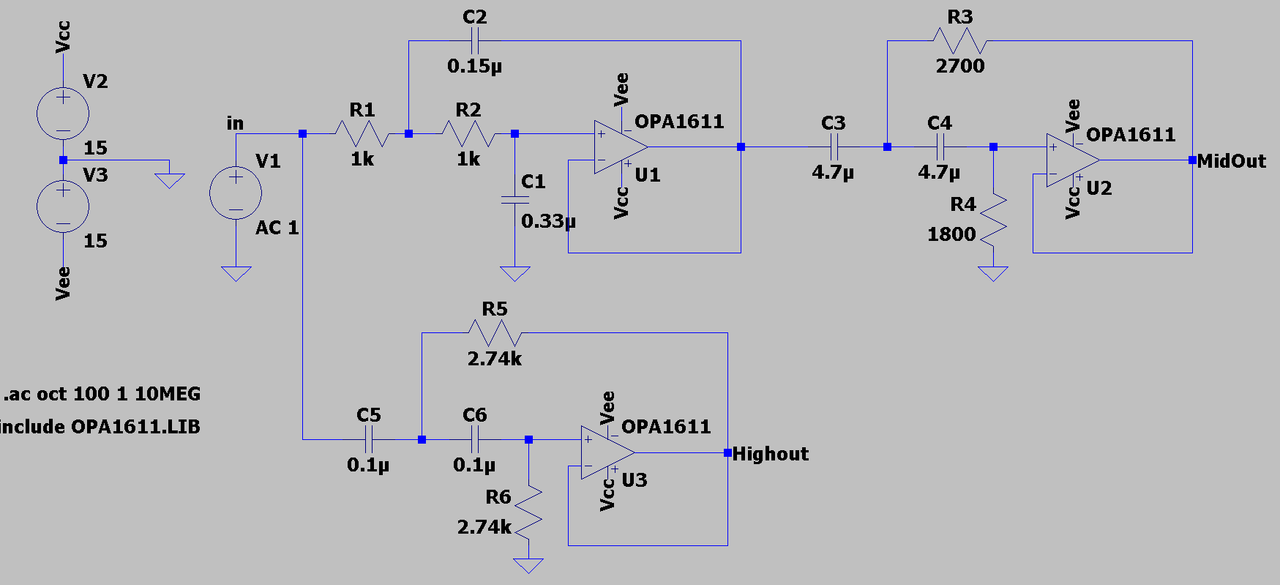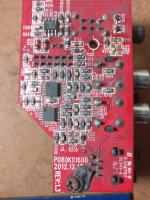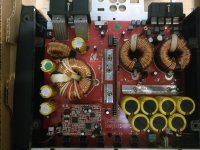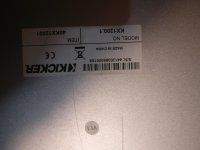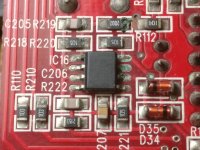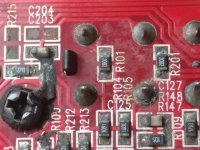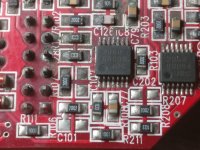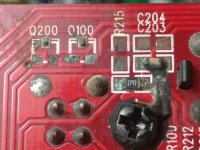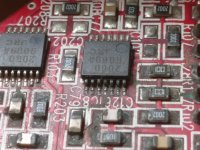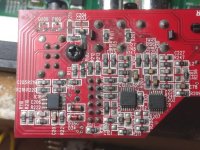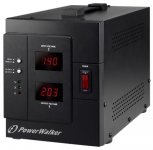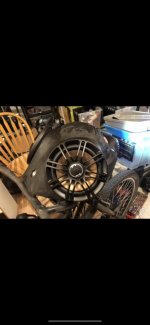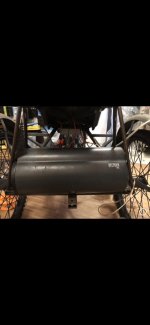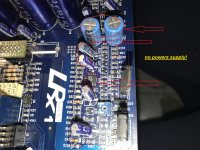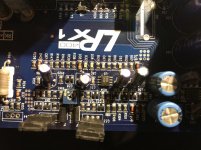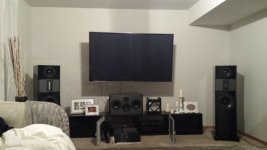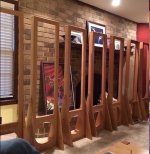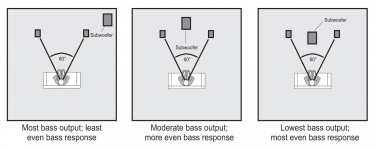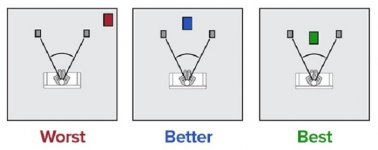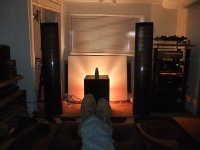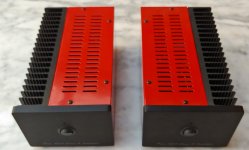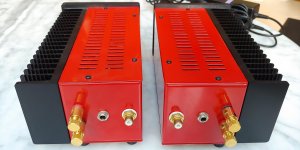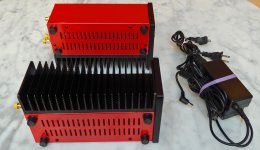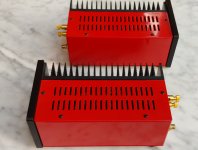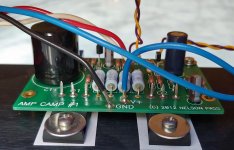Rohde & Schwarz UPL Floppy Access "Stack Overflow" Error
- By ampexperts
- Equipment & Tools
- 1 Replies
Since last summer, I have been unable to use the floppy drive on my UPL.
One day, everything was fine. The next day when I powered up the UPL, it had lost all its settings. I installed a Lithium battery on the digital board where one was indicated but not installed, and I was able to get the unit to remember settings between power ups. But from then forward, when I would access the floppy, the system would halt.
Today, I tried another floppy drive and I also tried it from within DOS.. just typing A: {ENTER} resulted in "Internal Stack Overflow - System halted" error.
I tried adding STACKS=12,256 to config.sys, but that didn't help.
Seems like I have a floppy controller problem.
UPDATE: Problem found: Floppy ribbon cable goes to DIGITAL board, not PC motherboard. That got me thinking I need to also disable floppy controller on motherboard.
That solved the conflict.
Now, I changed out the floppy drive for a Gotek USB Floppy Emulator:
Now I'm trying to make it work. I can format it in DOS, and CHKDSK thinks it's a 1.44MB disc, but but when I do a screen dump from within UPL software, it says insufficient disc space. When I read the USB on a Windows computer, it shows an empty disc.
I think one of two folks here have gotten one of these to work. If you would share what the special trick to making the UPL software play nicely with it, that would be appreciated.
EDIT 2:
Problem solved. The UPL was setup to write to a folder called \SETUPS which was missing on the newly formatted thumb drive.
Gotek USB floppy emulator installed and working!
One day, everything was fine. The next day when I powered up the UPL, it had lost all its settings. I installed a Lithium battery on the digital board where one was indicated but not installed, and I was able to get the unit to remember settings between power ups. But from then forward, when I would access the floppy, the system would halt.
Today, I tried another floppy drive and I also tried it from within DOS.. just typing A: {ENTER} resulted in "Internal Stack Overflow - System halted" error.
I tried adding STACKS=12,256 to config.sys, but that didn't help.
Seems like I have a floppy controller problem.
UPDATE: Problem found: Floppy ribbon cable goes to DIGITAL board, not PC motherboard. That got me thinking I need to also disable floppy controller on motherboard.
That solved the conflict.
Now, I changed out the floppy drive for a Gotek USB Floppy Emulator:
Now I'm trying to make it work. I can format it in DOS, and CHKDSK thinks it's a 1.44MB disc, but but when I do a screen dump from within UPL software, it says insufficient disc space. When I read the USB on a Windows computer, it shows an empty disc.
I think one of two folks here have gotten one of these to work. If you would share what the special trick to making the UPL software play nicely with it, that would be appreciated.
EDIT 2:
Problem solved. The UPL was setup to write to a folder called \SETUPS which was missing on the newly formatted thumb drive.
Gotek USB floppy emulator installed and working!
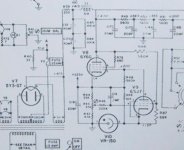

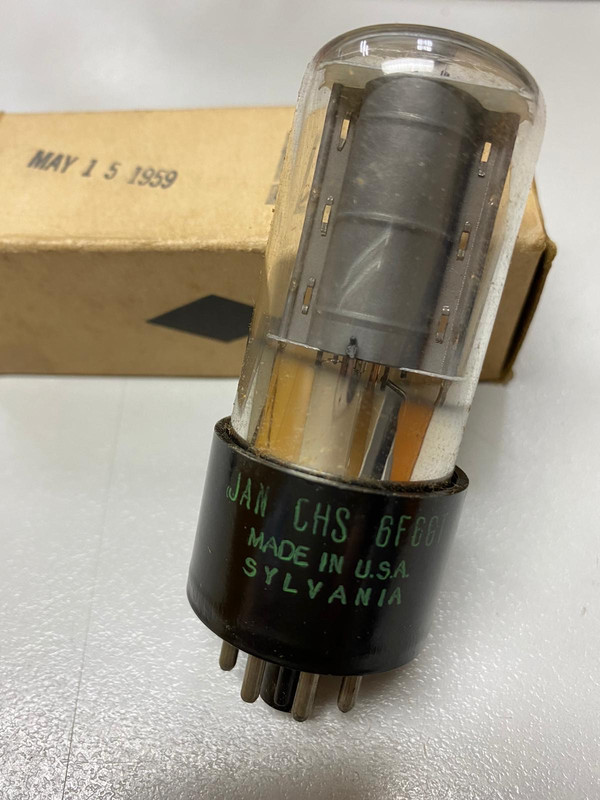
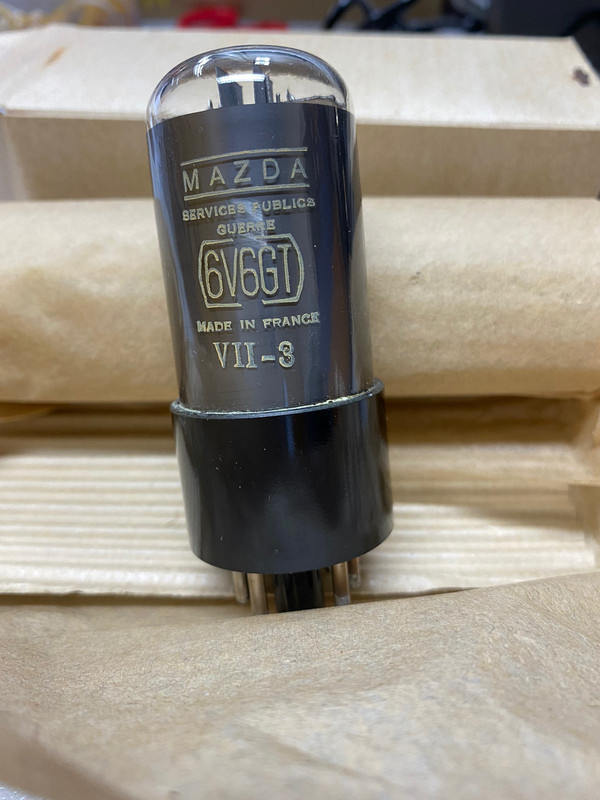

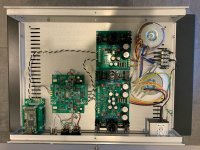
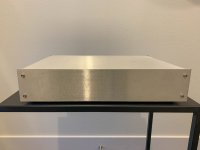
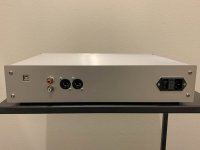

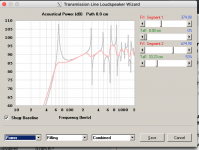
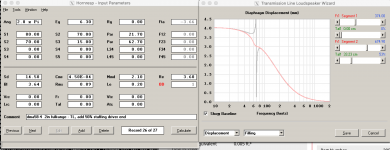

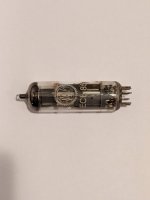
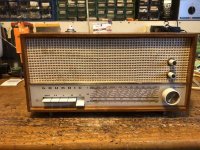
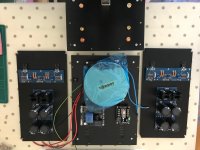

 to Patrick (@EUVL), @Morde, and a fantastic DIY community
to Patrick (@EUVL), @Morde, and a fantastic DIY community
